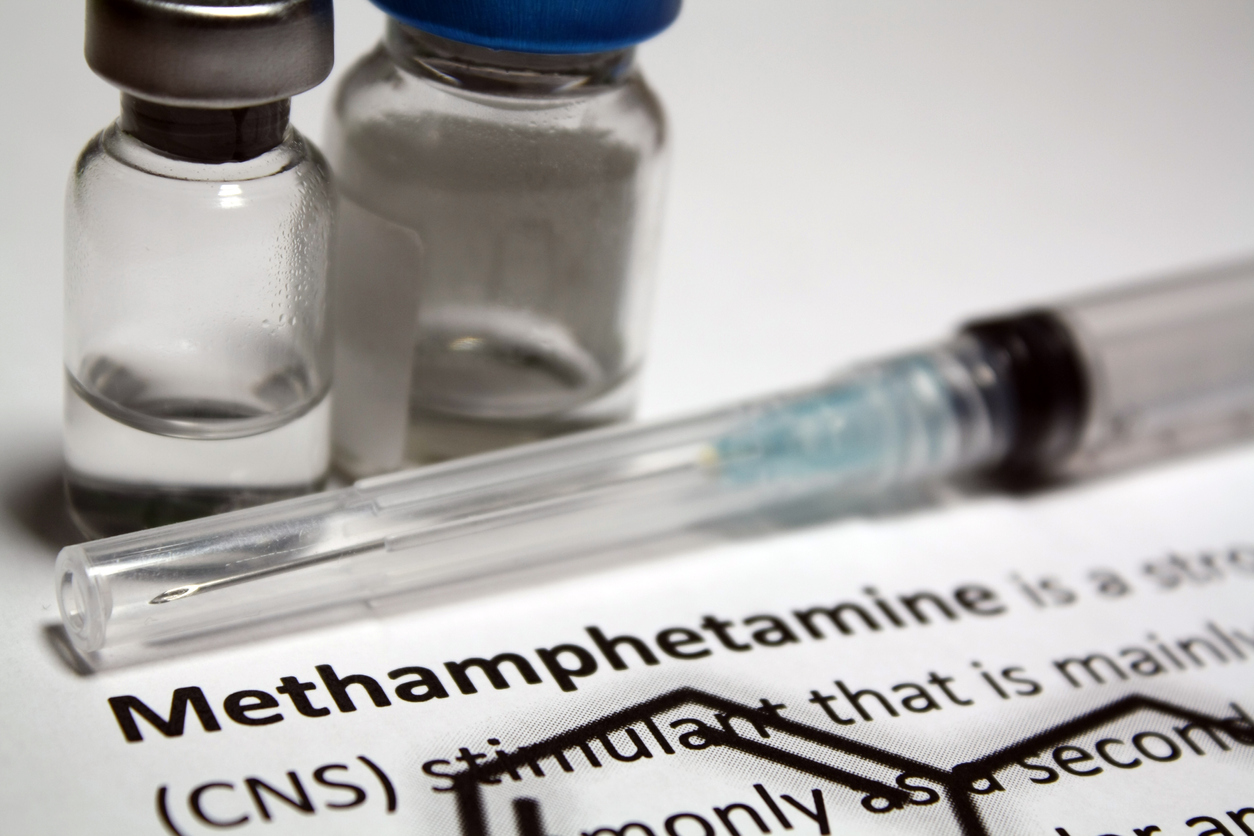It’s hard to avoid the constant news about the rising rates of drug addiction in our country. It can be worse hearing the heartbreaking story of a loved one struggling with addiction. The effects of drug addiction stretch to families, communities and individuals. We have an important job as dental professionals as we are trained to look for the oral signs of drug abuse. However difficult the conversation may be, it is our duty and necessary to discuss with you. Our patients health and overall best interest is always our top priority. If you know someone who is struggling with addiction, please share the Substance Abuse and Mental Health Services Administration (SAMHSA) National Helpline with them.
Today we want to highlight the specific oral health effects of Methamphetamine (Meth) abuse. “According to a 2008 study by the United Nations, approximately 25 million individuals around the world use methamphetamine.1 Between 2008 and 2014, however, the number of methamphetamine users more than doubled. Worldwide, as many as 52 million people between the ages of 15 and 64 are estimated to have used amphetamine-type stimulants for nonmedical purposes in 2014.2 It is the second most widely abused recreational drug (following cannabis).2 (Dimensions)”
It is increasingly common to see “Meth Mouth” or rampant tooth decay in most individuals who abuse Meth long term. This type of decay is most commonly resulting from dry mouth (xerostomia) and long periods of poor oral hygiene. Having dry mouth is a big contributor of cavities. Decay will progress quickly if proper care is not taken to counteract the effects of dry mouth. Meth is known to be very acidic and lowers the pH of the oral cavity. Patients who are in recovery and ready to restore their teeth are given many steps to take back their oral health. Adding a high concentration source of sodium fluoride is imperative and should be started as soon as possible. This fluoride is meant to prevent new decay from starting and restrict the growth of decay that has already started
Many of those who are recovering from Methamphetamine addiction may not be financially available to restore all of their dental needs. In this case, we recommend using Silver Diamine Fluoride (SDF) for the best alternative to treatment. SDF is applied on top of your teeth and is approved to be used as a desensitizing agent. An added bonus to using SDF is its ability to halt the progress of dental cavities. In addition to using sodium fluoride, we can make a short term plan to control rampant tooth decay. Your dentist and hygienist will work with you to develop an individualized plan based on your needs and desires. It may seem daunting and can be a long road at this point, but we will be there to support you every step of the way.
It may be time to take a look at your own lifestyle habits that may be leading to the progression of tooth decay. We see a lot of Tobacco use from those abusing recreational drugs which can have very similar effects as Meth on your mouth. If this is something you also struggle with, we want to help you by providing resources to halt this habit. Bad habits are not restricted to drug usage, high sugar diets can accelerate cavities as well. We individualize every patient’s treatment plan as every mouth is different. We will help you with any and all modifiable risk factors to reduce your risk for future cavities.
The result of rampant decay can leave many feeling ashamed or hopeless about their teeth, but try not to worry as the hardest part is taking that first step. Give us a call! We will never judge a patient, our goal is to provide you with the best oral health care possible. If you or someone you know is ready to restore their smile on their road to recovery, we would love to help. As we stated earlier, please share the National Hotline with anyone you think may benefit from it!
Resources:

